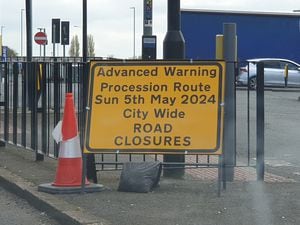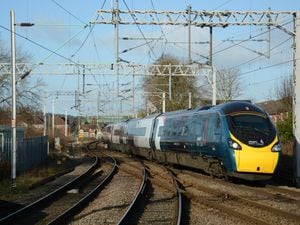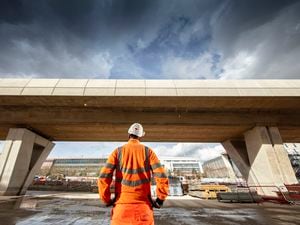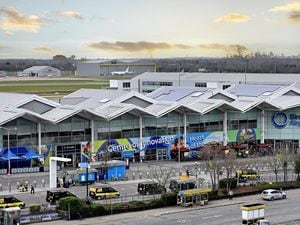M5 roadworks nightmare over after three years
After nearly three years of misery, nightmare roadworks on the M5 have finally come to an end.
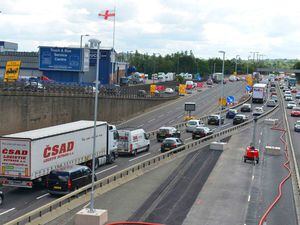
Restrictions have now been fully removed at the Oldbury viaduct between Junction 1 and 2 allowing traffic to flow freely again.
The £200 million project to carry out repairs on the crumbing viaduct has caused huge disruption on one of the busiest sections of motorway in the country. Drivers have been kept waiting in long delays on a regular basis as the work has been carried out.
Lane closures between were removed before Christmas and three lanes open in each direction. Remaining restrictions have now been lifted.
A temporary speed limit will remain in place until next month while technology testing is finished on six new gantries and communication cables linking signage to the West Midlands Regional Operational Centre in Quinton.
But it's a case of as one ends another begins, with a major work to replace two bridges soon to start at M6 Junction 10 between Wolverhampton and Walsall.
The Oldbury viaduct scheme was the largest concrete repair project, by value, ever carried out in Britain. It started in spring 2017 and was originally due to take 18 months but a combination of bad weather and unexpected extra repairs held the project up. The stretch is used by 60,000 vehicles every day.
The majority of work took place underneath the M5 itself, away from public view, but was high above local roads, canals, the West Coast mainline and the tram line connecting Wolverhampton to Birmingham, all of which remained open while the work took place.
It’s thought to have been the largest scaffolding project in Europe, with more than 400 miles of it erected as well as enough scaffold boards to cover seven football pitches and enough scaffold staircases to reach the top of Ben Nevis and Snowdon.
Highways England Midlands ronal director, Catherine Brookes, said: “This scheme was essential if motorists were going to use it for years to come and we had to complete more than 12,000 unplanned repairs once we’d started to remove the road surface.
"When you’re doing work of this nature, the process is very much like removing the carpet in the house to check the state of the floorboards. Once we’d started to inspect the road more closely, it became apparent that this work had to be done to keep it safe.
“As part of the work, we’ve also installed new LED lights to help with visibility and we’ve also installed concrete barriers in parts of the scheme designed to prevent ‘cross-over’ incidents between the two carriageways. Underneath the road we’ve also installed new drainage systems to take water away from newly repaired concrete and to prevent water seeping into the structure.
“We’d like to say a big thank you to motorists for their patience while we completed this safety critical repair work.”

